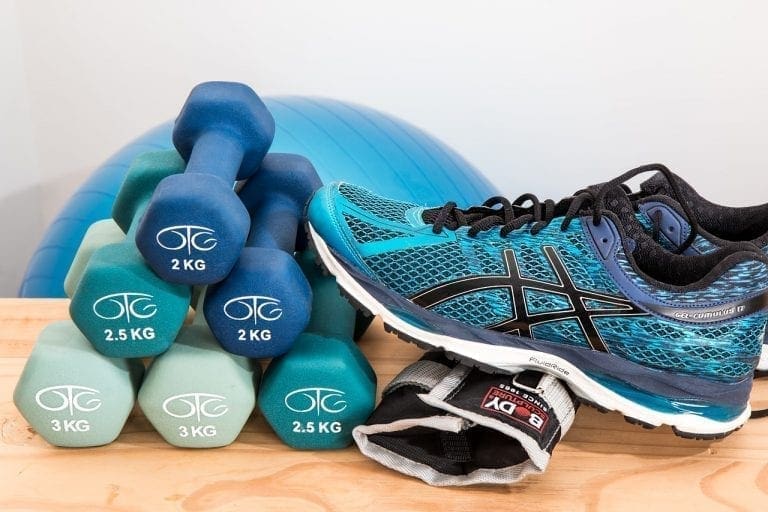What to Expect Going into a Facelift

Facelifts have become increasingly popular over the past few years, with the procedure becoming one of the most common cosmetic surgeries across the country. Despite this, many people who are new to the area might not know much about what’s involved in the process. Being uninformed about the procedure is something that’s best left avoided, as there can be a variety of risks on top of the benefits that it offers.
Furthermore, the before and aftercare routines involved in the process can be vital, which means that they’ll need a significant amount of attention. While much of this will be discussed with your medical professional, there are still a few things that you should keep in mind when you begin considering the procedure.
Preparation
While the preparation for the procedure may vary slightly from case to case, there are a few things that you can expect to see before undergoing surgery. The majority of this will be discussed with a plastic surgeon, with the first of these including a medical exam and review of your medical history; this will help to avoid any potential complications during the procedure. During this part of the process, you should be prepared to answer a variety of questions, such as previous surgeries and any difficulties that you may have had as a result of them.
A physical exam will also be involved, and your plastic surgeon may request files from your family doctor. They will also review any medication that you may be taking, which also includes any supplements and other over-the-counter drugs that you may be taking. At this point, your plastic surgeon will also tell you which medications you should stop taking before your surgery, and when you should stop taking.
You will also need to stop eating several hours before the procedure, with the Mayo Clinic noting that this should be done from midnight of the night before your surgery. Washing your face with a germicidal soap that morning is also highly recommended.
During the Procedure
The procedure itself may be an area that many people will be curious about, with this being driven by the fact that you may be put to sleep during the surgery. Three incision methods are available for the operation, although this may vary from professional to professional. The first of these is the more traditional option, where an incision is made from your hairline down to your lower scalp.
As Healthline notes, this incision will include the front of your earlobes and then back behind your ears. Once this incision has been made, any excess skin or fat will be removed before the connective tissue and muscle are redistributed and tightened.
Depending on the amount of skin that is sagging, the incision may be longer or shorter, although this is something that will be discussed with your cosmetic surgeon. This is the second option that will be available to you and can depend significantly on the benefits that you’re looking for. The last of these methods is what’s known as a neck lift, which starts at your earlobe and continues to your lower scalp; the surgeon will also make an incision near your chin, although this shouldn’t be as large as any of the others.
Because the majority of these incisions are relatively shallow, it’s been noted that there shouldn’t be any scars once you’ve healed after the surgery, although this can vary significantly depending on how well you heal following your procedure.
As Medical News Today notes, there have been a few new techniques used across the cosmetic surgery field, and this extends to facelifts. One of the most prominent of these is laser technology, which can make the entire operation much faster and easier while also speeding up recovery time. This technique has been used extensively for neck lifts, as it can help to melt much of the fat under your chin while making an incision; this means that there will be less time and effort involved in the surgery itself. This also helps to tighten the skin much more effectively.
Aftercare
After the surgery, there are a variety of things that you should look out for, especially when it comes to looking after your face post-surgery. As Sofemininie has highlighted, you may experience a certain amount of pain in the days following the procedure, which is relatively normal. However, should the pain become quite significant or severe, then you should see a medical professional, as this may be an indication that something has gone wrong. Your medical professional may also prescribe some pain management medications once the procedure has been completed.
Aside from the low to moderate pain, you should experience a certain amount of swelling and bruising for a short period after the procedure; both of these should reduce within a week of the operation. For the first few years after surgery, you should rest your head regularly, with experts noting that your head should be elevated when doing so. During this time, you may also want to apply cool packs to your face, which will help to reduce the pain and to swell that you might be experiencing.
Your cosmetic surgeon should also schedule several appointments in the weeks following a facelift. The first of these should be the day after the operation, where they will remove the drainage tube from your face and apply an antibiotic ointment before applying new bandages to your face. After this, you should then see them two to three days later, where they will switch your bandages to a facial sling, while also examining your wounds. A week after this, your surgeon should meet with you to remove any stitches that may have been used while also closely examining your wound.
Outside of this, there are a variety of things you should do to look after your wound, with many of these instructions being given by your medical professional. In general, you should ensure that you don’t pick at any scabs that may have developed and avoided sun exposure for long periods. You should also aim to ensure that your wounds don’t come into contact with any clothing, soap or other items.
Similar Posts:
- The Value of Plastic Surgery for a Fresh, Healthy Look
- Looking your Best on Wedding Day: Undergoing Breast Augmentation Surgery
- CoolSculpting Offers Safer, Cheaper Alternative to Liposuction
- The Art of Natural-Looking Facelifts: Enhancing Youthfulness with Subtlety
- Are Nasal Infections enough reason to get a Nose Job?









